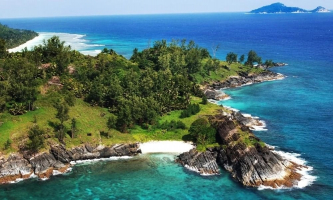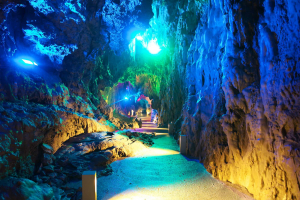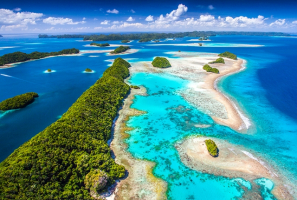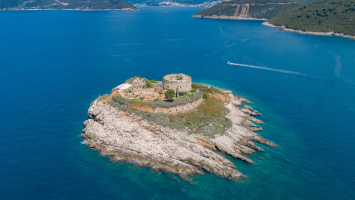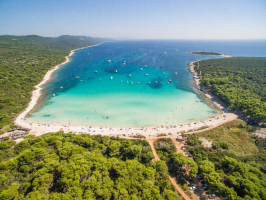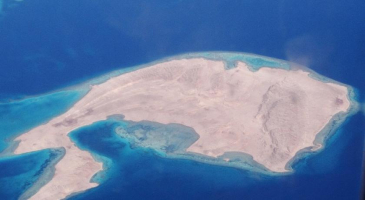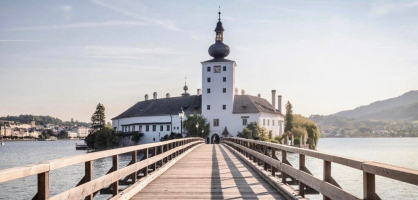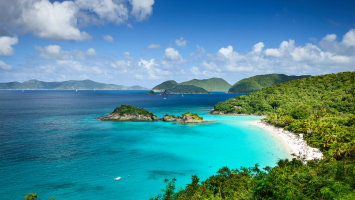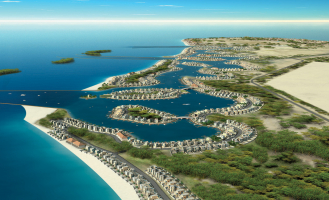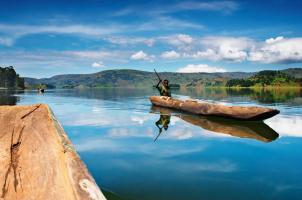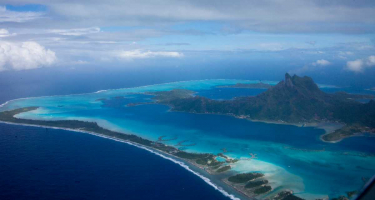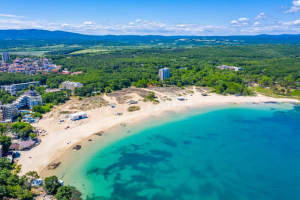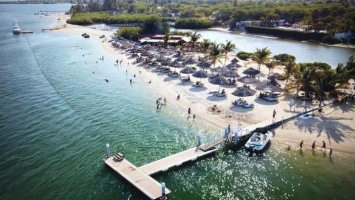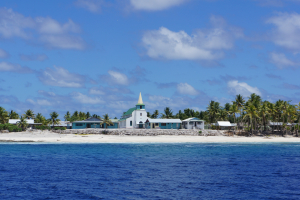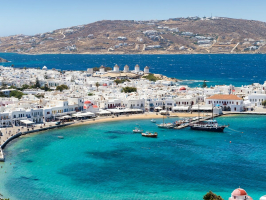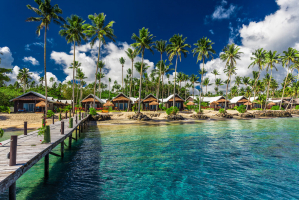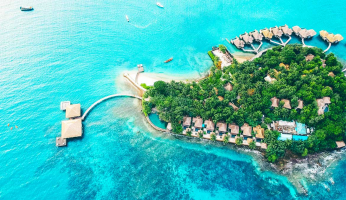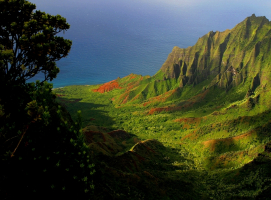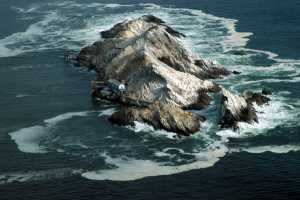Top 10 Most Beautiful Islands In Japan
Japan is a hugely diverse country, particularly in terms of its thousands of islands. There are roughly 6800 islands to choose from, so you won't have to ... read more...travel far to find mountains, beaches, coral reefs, and quaint little villages. Many of the islands are almost completely unspoiled by tourism, making for a truly authentic experience. Let's explore with Toplist the most beautiful islands in Japan.
-
Amami Oshima is a tropical island paradise and one of the largest elevated coralline islands in Kagoshima prefecture, close to Yoron but on a larger scale. With a warm climate similar to Okinawa, white sand beaches, beautiful coral reefs, and crystal clear waters, the island is one of the most popular snorkeling and scuba diving sites in the world. The colorful coral is contained in cobalt seas that surround the dramatic coastlines and lush tropical forests that are home to the native Amami rabbit and jay.
Amami Oshima is 95 percent forest, and Japan's second-largest mangrove forest stretches along the central coast. Rent a kayak and explore the island at high tide, or take a tour to learn about the island's unique ecology. This area is particularly well-known for the variety of birds found there. Tsumugi Silk Pongee, a special type of silk, is also produced in large quantities on the island. Its origins date back 1,300 years and it is still dyed with locally sourced mud dyes. Tsumugi yarn is meticulously handwoven and takes over six months to create the long-lasting Pongee fabric.
- Location: East China Sea between Kyushu and Okinawa, Japan
- Best time to visit: from late June through August.
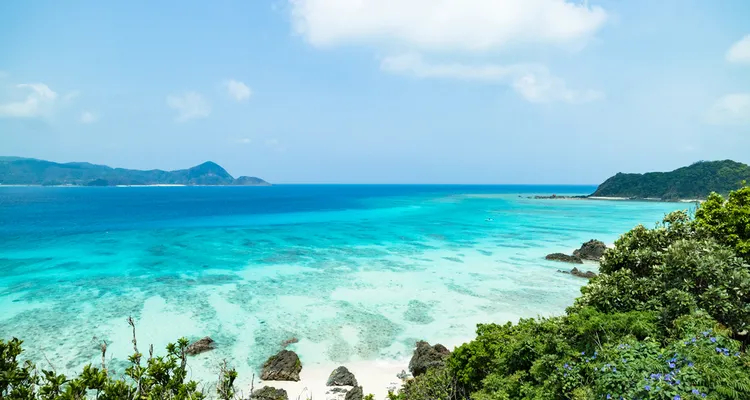
tsunagujapan.com 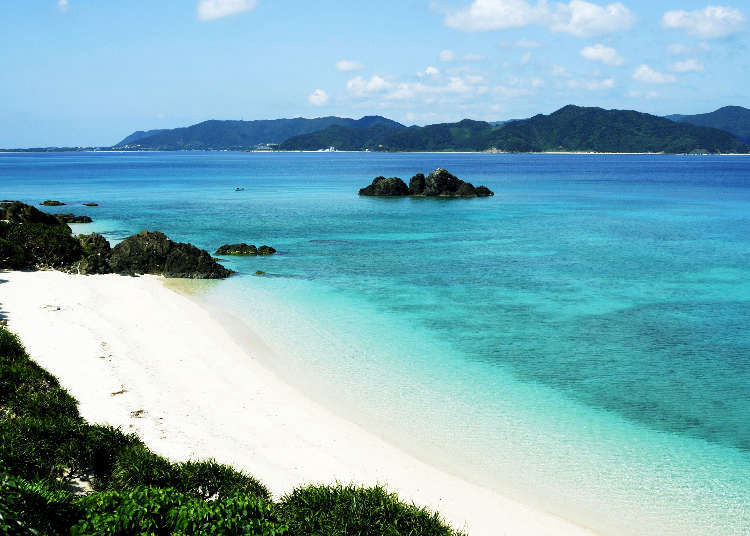
livejapan.com -
Ishigaki Island is the most populous of the Yaeyama Island chain's islands. Despite the fact that much of the island is covered in dense subtropical vegetation, it has well-established accommodations, a fully developed city, and an airport. Iriomote-Ishigaki National Park includes the island.
Ishigaki Island is relatively easy to reach thanks to direct flights from major Japanese cities, as well as Taiwan and Hong Kong, and Ishigaki Port serves as a gateway to the other islands in the Yaeyama Island chain. With a circumference of 160 kilometers, visitors exploring the island by car will need a full day to complete the circle. The observatories and lighthouses on Ishigaki Island provide unparalleled views of the ocean and spectacular sunsets. On a tour of the island, you can stop at Tamatorizaki Observatory on the east side or Hirakubozaki Lighthouse on the island's northernmost tip. Panoramas of the island's mountains and turquoise coastal waters can be seen from Nosokodake Observatory.
The most popular water activities on Ishigaki Island are swimming, snorkeling, diving, and glass-bottom boat tours. On boat tours in Kabira Bay, visitors can take in the scenery of white sand beaches, blue waters, pretty islets, spectacular coral, and tropical fish.
- Location: Ishigaki, Okinawa Prefecture, Japan
- Best time to visit: June to October
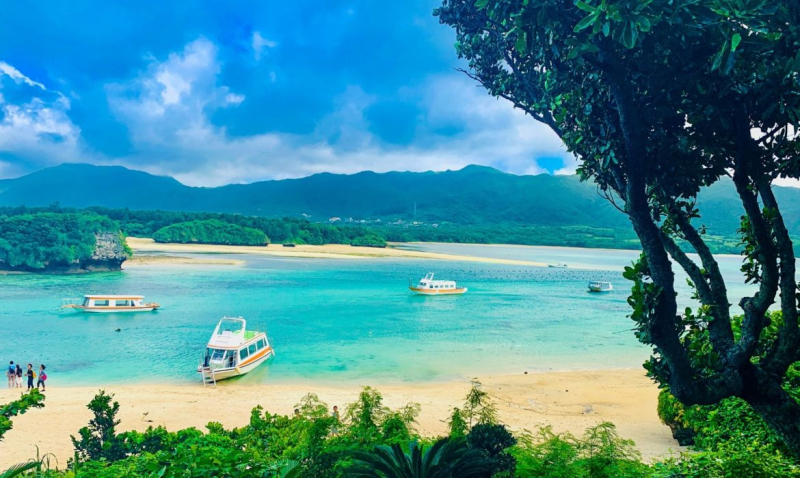
warmcheaptrips.com 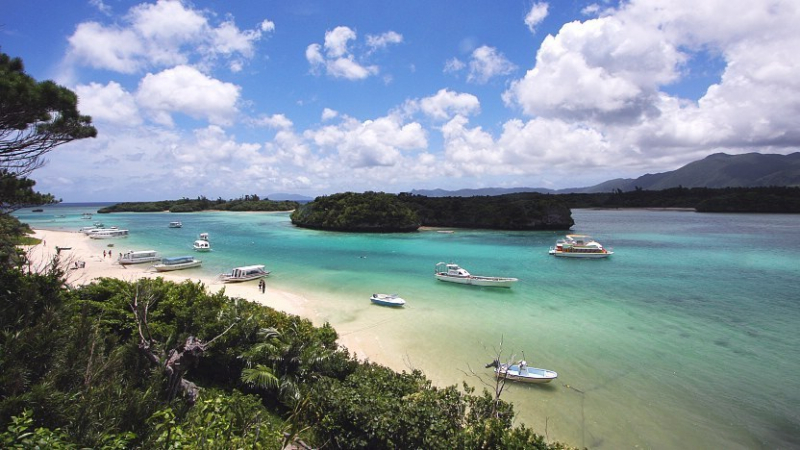
japan-guide.com -
Okinawa Island is one of the largest, most easily accessible of Japan's tropical islands and most beautiful islands in Japan. Okinawa is also the largest island in Okinawa Prefecture, which is made up of a group of islands. Naha, Okinawa's capital, was originally called Naba and was named after a large mushroom-shaped stone.
Naha has long been a relaxing getaway for mainland Japanese, but it was once a commercial hub for the Ryukyu Kingdom. At the Okinawa Prefectural Museum, you can learn about how Okinawa's proximity to Asian neighbors Taiwan and China has shaped the culture. The Ryukyu Kingdom's influence is ever-present and can be seen in the culinary world, daily life, architecture, and spirituality of the island. A trip to Okinawa is a fascinating look into Japan's varied culture and history.
The island of Okinawa also has a plethora of beaches. On the island, you can visit Manza Beach and walk 300 meters of soft sand, visit the scenic point of Cape Manzano, or take a parasail to see the East China Sea. Furthermore, Kouri Beach has two heart-shaped rocks, Emerald Beach has gem-colored waters, and Zappa Beach has a beautiful sunset near the Cape Zappa lighthouse. There is undoubtedly a beach for every occasion.
- Location: Okinawa, Japan
- Best time to visit: roughly March to early May and late September to December
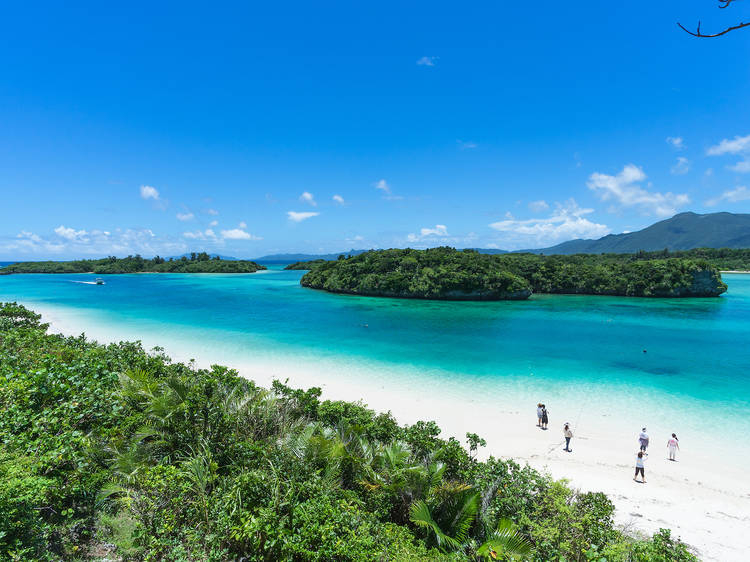
timeout.com 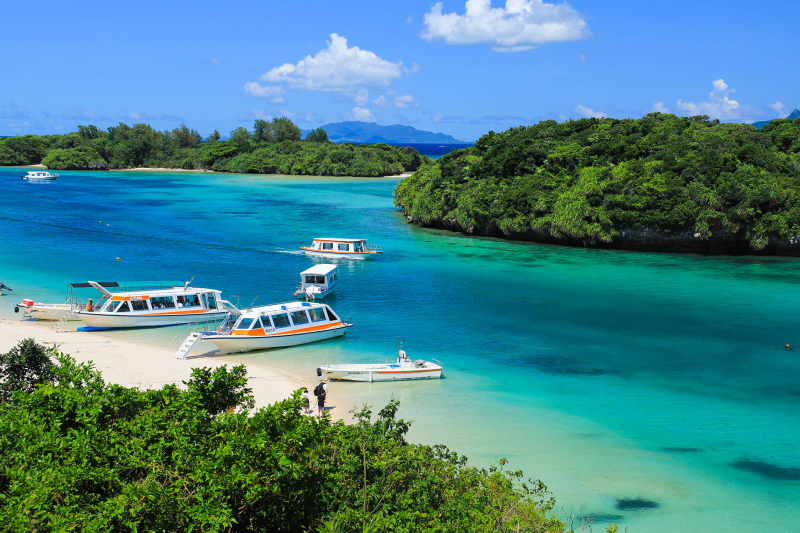
visitokinawajapan.com -
Although Iriomote is Okinawa's second-largest island, the vast majority of its landmass remains uninhabited and untouched. The island is one of four areas in Okinawa and Kagoshima designated as Natural World Heritage by UNESCO in 2021. Its rugged, untamed landmass is surrounded by a picture-perfect ocean, both above and below, with colorful coral reefs, and attracts tourists with an adventurous spirit. Besides, the island is also covered in lush jungle, where the rare and elusive Iriomote Yamaneko mountain cat roams the mangrove forest at night. You can discover more about this endangered species at the Iromote Wildlife Conservation Center.
The island’s geography invites you to become intimate with the wildlife. Canoeing and kayaking are popular ways to explore the maze of verdant mangroves; quietly drifting through the untouched forest allows you to become completely immersed in the island's wilds. If you don't feel like paddling, take an early-morning boat ride down the Urachi River to enjoy the forest's beauty. The chatter of birdlife breaks through the morning mist on the water as the upstream river cruise meanders from the mangroves into thick jungle waterways.
- Location: Okinawa, Japan
- Best time to visit: June to October
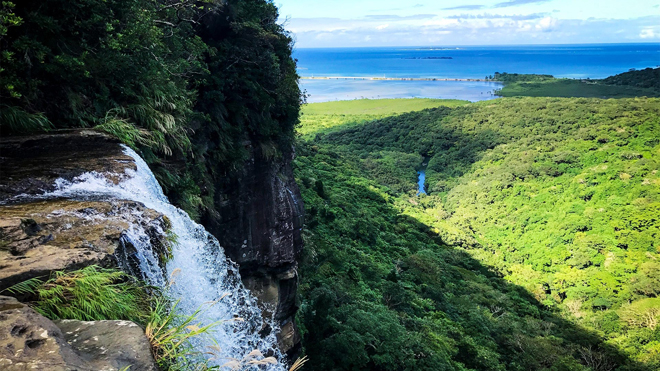
cand.com.vn 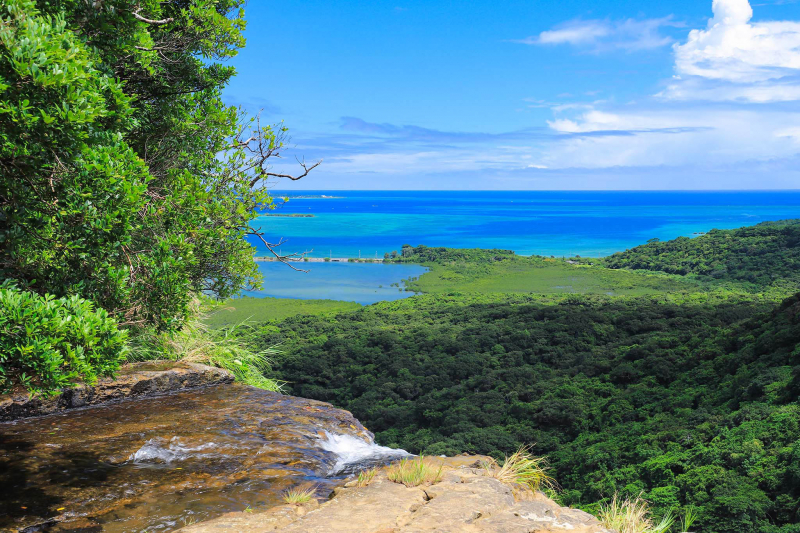
visitokinawajapan.com -
Naoshima is an island in the Seto Inland Sea known for its museums of contemporary art, architecture, and sculptures. The island, which is part of Kagawa Prefecture, is a relaxing getaway from Japan's large urban areas, with its Mediterranean atmosphere, sandy beaches, and sunny weather, combined with a laid-back, rural feel. Naoshima, also known colloquially as Japan's Art Island, attracts 800,000 visitors from all over the world. One of the most appealing aspects is its obscurity; in an age of oversaturation on social media, many of the exhibits are prohibited from being shared outside the gallery walls.
The Benesse Corporation, which oversees art museums, installations, and sculptures on Naoshima and neighboring islands, installed much of the island's art. The Benesse House's museums, which include the Chichu Art Museum, the Lee Ufan Museum, and all of the Benesse House's buildings, were designed by the well-known Japanese architect Ando Tadao. Furthermore, Ishii Kazuhiro, a modern architect, designed Naoshima's municipal buildings and schools. The island is the main location for the Setouchi Triennale art festival.
- Location: Kagawa Prefecture, Japan
- Best time to visit: April to May
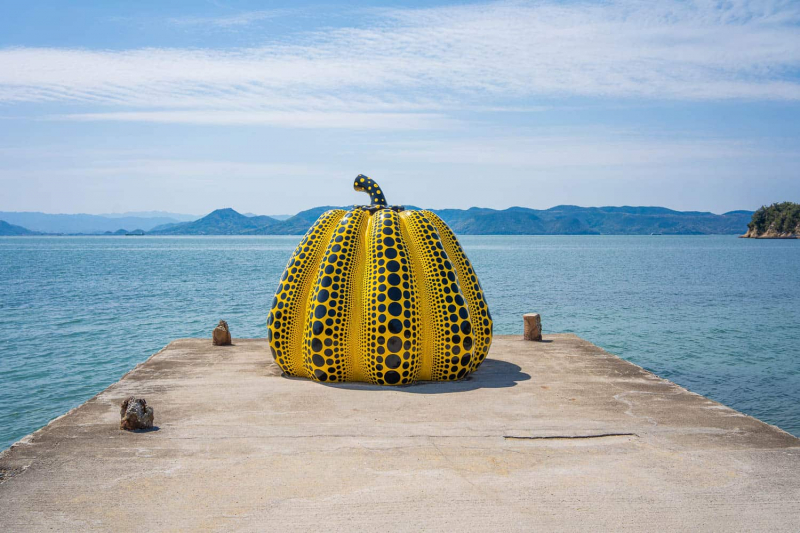
neverendingvoyage.com 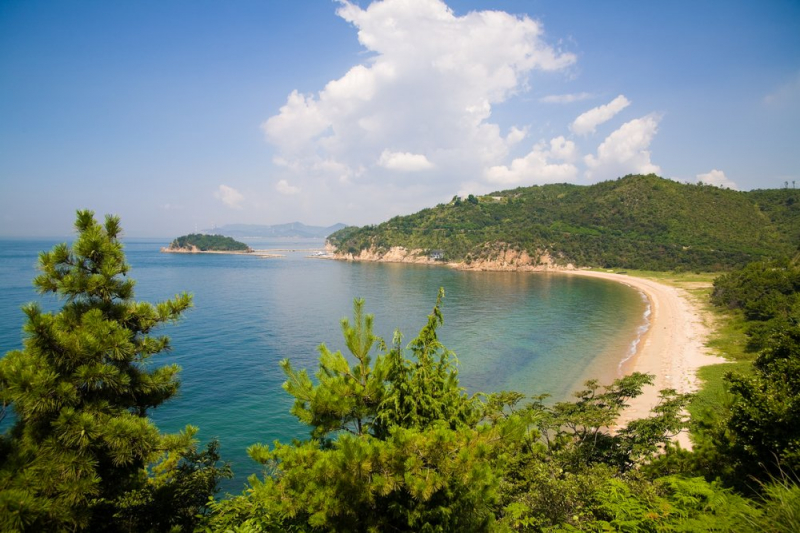
sworld.co.uk -
Yakushima, located in Kagoshima prefecture, is a mossy, subtropical island known for its Yakusugi, or ancient cedar trees. The age of some Yakusugi is estimated to be between 1,000 and 7,000 years. This natural wonder was Japan's first UNESCO World Heritage Site, and it inspired the lush, enchanting setting for the legendary Ghibli film Princess Mononoke.
The island is well-known for its cedar products. Fallen Yakusugi tree trunks are collected in the forest and transformed into utensils and amazing decorative sculptures by local expert craftsmen. Given that three-thirds of the island is forested, it's no surprise that the Goshinzan festival on the Miyanoura river each summer is held to honor the mountain god.
There are numerous places for visitors to explore on the island. Shiratani Unsuikyo Gorge offers a walk through the Yakusugi forest, as well as a spa right on the beach at Hirauchi Kaichu Onsen. Visit Ooko-no-taki, Yakushima's highest waterfall with the most water, and Senpiro-no-taki, which features water pouring from 66 meters into a massive granite block. This isn't the only thing this one-of-a-kind island has to offer; from May to July, Nagata Inaka Beach is the remote location for the largest sea turtle nesting site. This is one of the best places in Japan to enjoy the countryside.
- Location: Kyushu, Japan
- Best time to visit: February, March, April, May, August, November and December
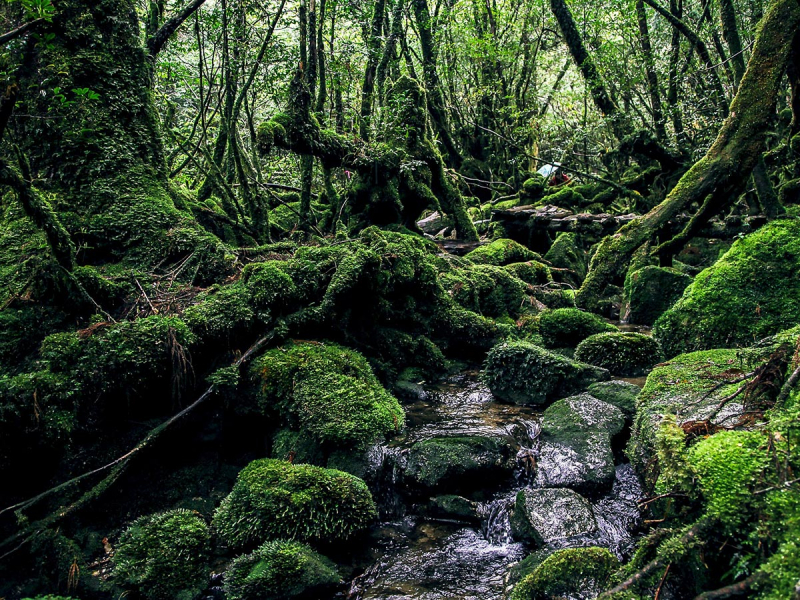
kvbro.com 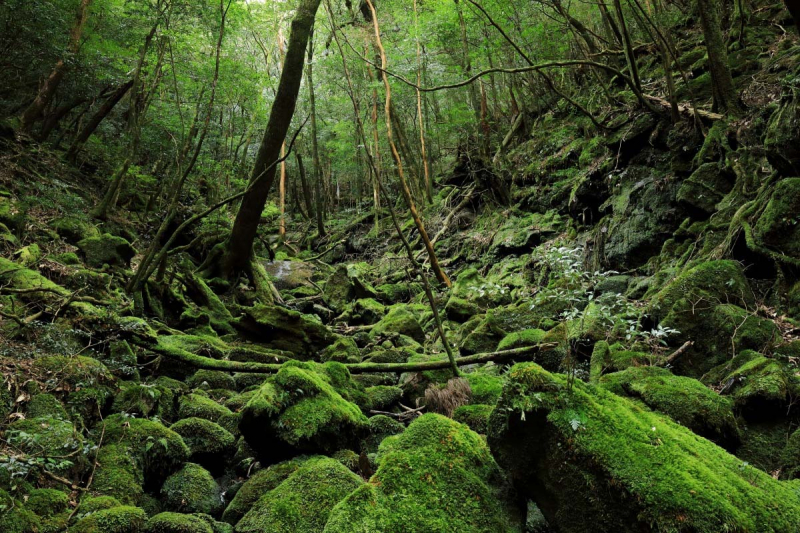
vn.zekkeijapan.com -
Miyajima, one of the most beautiful islands in Japan, is close to Hiroshima and is home to the iconic red wooden gates. While officially named Itsukushima, the island is more commonly referred to as Miyajima, Japanese for "shrine island". This is due to the island's association with its main shrine, Itsukushima Shrine, in the public's mind. The shrine's main buildings, like the torii gate, are built over water.
The view from the temple can change depending on the time of day you visit. You will also have different experiences depending on whether the tide is high or low. The best views are available during high tide, when the torii gate appears to float on the water. At low tide, visitors can get closer to the gate to photograph it. A five-story pagoda, built in 1407, is located next to Itsukushima Shrine and is also worth a visit. This temple, dedicated to the Buddha of Medicine, stands more than 27 meters tall.
Miyajima is a romantic destination that is best experienced by staying overnight at one of the island's ryokan. While there are usually a lot of day tourists, the area becomes much quieter and more peaceful in the evening. On the island, there are also wild deer that have become accustomed to humans. During the day, the deer visit the same attractions as the tourists, and at night, they sleep along the walking paths.
- Location: northwest of Hiroshima Bay, Japan
- Best time to visit: October/November (fall) and March/April/May (spring)
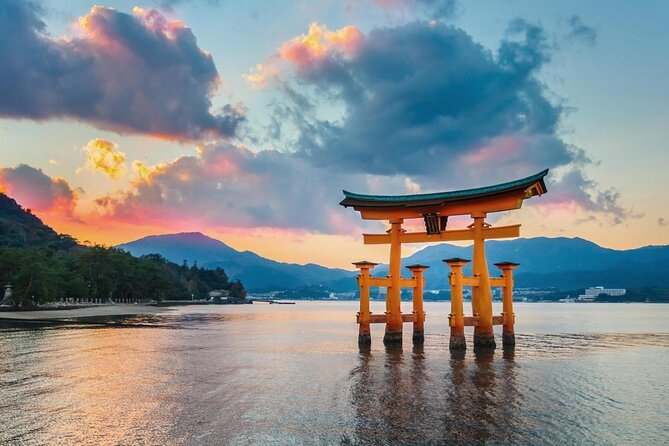
viator.com 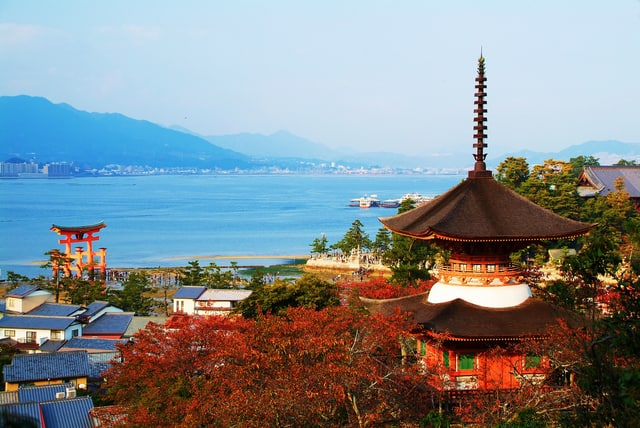
vyapon.com -
Sado Island, located off the coast of Niigata prefecture, is one of the largest Japanese islands on the list of the most beautiful islands in Japan. As a place of exile for Emperor Juntoku, the Buddhist monk Nichiren, and Zeami Motokiyo, the man who founded Noh theatre, it has a rich cultural legacy.
Sado's main draw is the Earth Celebration, an annual music festival hosted by Sado's world-famous Kodo taiko group. The island is also home to the endangered Japanese Ibis (Toki), which was once extinct in the wild but has since been reintroduced thanks to a successful breeding programme. Sado Kinzan, the nation's most productive gold mine, is another historical curiosity. It is said to have funded the Tokugawa Shogunate and to have produced half a tonne of gold per year at its peak. Guests can pan for gold while walking through tunnels with life-sized recreations of Edo period miners.
- Location: Niigata Prefecture, Japan
- Best time to visit: May, June and October
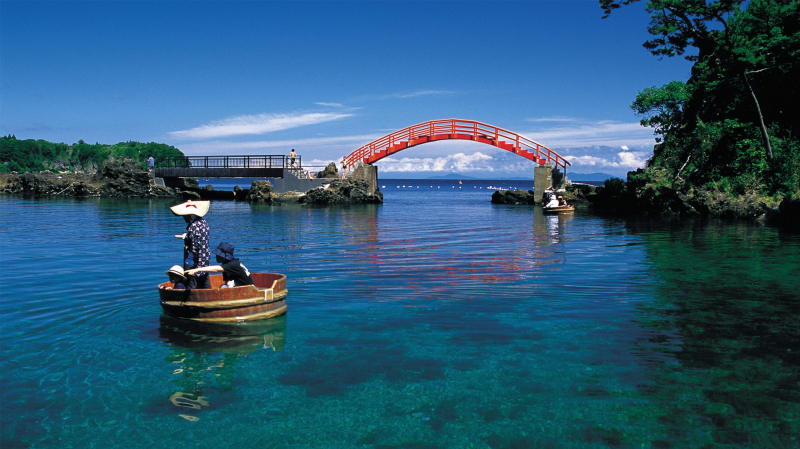
/sado-pass.visitsado.com 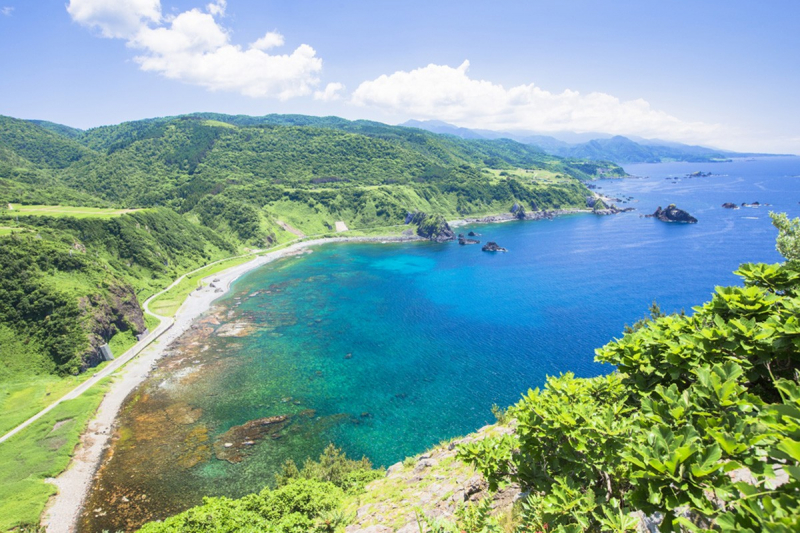
fun-japan.jp -
Taketomi Island is located approximately seven kilometres west of Ishigaki Island and is only a short ferry ride from Ishigaki Port. It is part of the Iriomote-Ishigaki National Park and is surrounded by the Sekisei Lagoon, a protected coral reef that is home to hundreds of different types of coral and other marine life. Many of the walls and walkways on the island are made of coral remnants.
The most striking feature of the island is its beautifully preserved Ryukyu village. Limestone walls with hedgerows of hibiscus and bougainvillaea surround wooden houses with traditional red-tiled roofs. Shisa statues, a mythological guardian lion, stand guard on many of the roofs.
Kondoi Beach, on the western side of Taketomi Island, has a long stretch of soft white sand. The beach is popular for swimming and has basic amenities such as restrooms, changing rooms, and picnic tables. Kaiji Beach (Star Sand Beach) is well-known for its sand grains that are shaped like stars. The "sand" is actually the pointed husks of foraminifera, which are tiny shelled organisms. It is important to note that taking them from the beach is strictly prohibited.
- Location: Okinawa, Japan
- Best time to visit: July, August, and then June
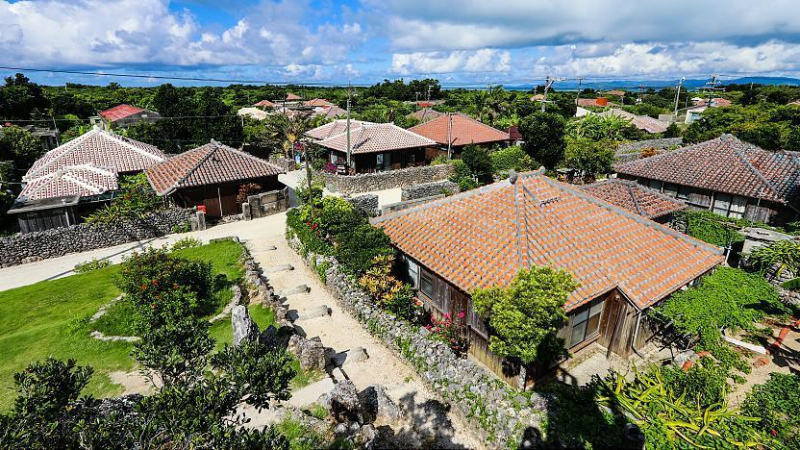
japan-guide.com 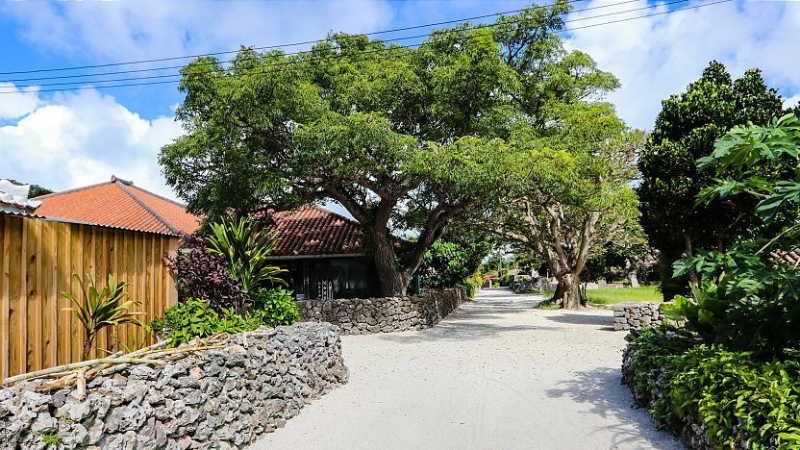
japan-guide.com -
Aoshima, included in the list of the most beautiful islands in Japan, is a sleepy island in Ehime Prefecture just one mile long and is better known by its nickname, “Cat Island.” It's a must-see for all cat lovers, with feline residents outnumbering human residents. Aoshima was once a bustling fishing island, but there are now only a few human residents left. The cat population, on the other hand, is thriving.
Although semi-feral, the cats on Aoshima are accustomed to human visitors. Because of the recent surge in publicity, it's not uncommon to see a crowd of tourists attempting to befriend the kitties. In exchange for food and your undivided attention, these fluffballs will happily play with you and allow you to take photos. If you want to feed the cats, please do so only at the designated feeding area near the island's community centre, which is just a few minutes' walk from the port.
- Location: Ehime Prefecture, Japan
- Best time to visit: April to October
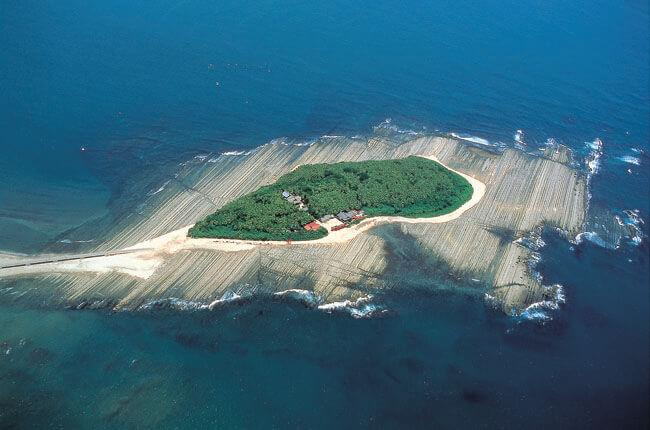
savorjapan.com 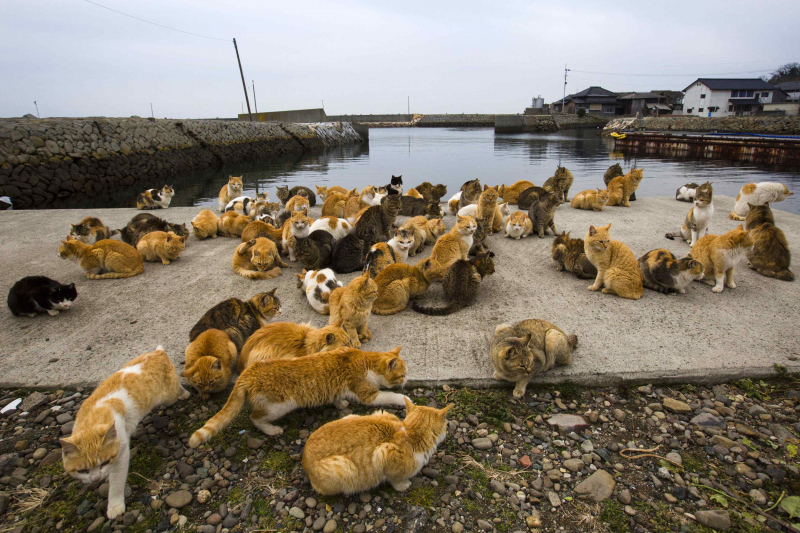
japantimes.co.jp












